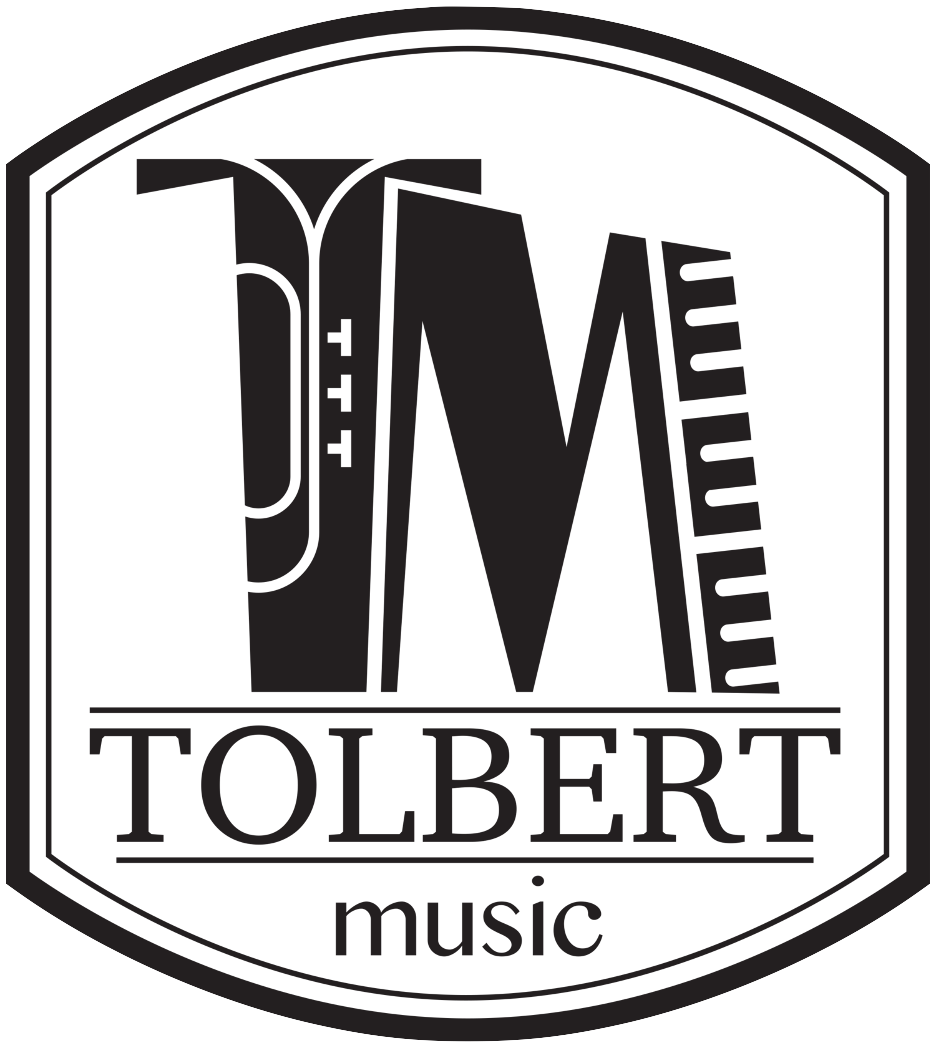An analogy to Reading Levels
I've been using a particular analogy all week long with students and it seems to have really resonated. I hope it helps you!
The difference between a 1st grade and 6th grade reading level has to do with the difficulty of the words in each sentence, and how they fit together to make complex ideas. We have all had the experience of reading two or three sentences out of a very difficult book and realizing that we have no idea what the author meant. Despite having read every single word in those sentences with relative proficiency, there is no comprehension of the overall idea. We have to stop, ponder, reread, and take time to truly understand what is meant.
Thus, your reading level is not simply a measure of the breadth of your vocabulary or your knowledge of grammatical rules, but rather and indication of the overall complexity of writing which you are able to comprehend, and the speed at which you reach that comprehension.
Music is no different. This is the main reason that sight reading is valued on music auditions. It is an indication of your overall 'reading level', not simply in terms of how well you read notes and markings, but how well you comprehend it on a deeper level. It's not just about playing right notes and paying attention to details. If you can demonstrate that you comprehend the style of a piece of music and can express it effectively on your first try, you have shown a great deal of sophistication and maturity.
Let's return to the analogy of reading and imagine a few different versions of reading aloud. Imagine first, a student who is struggling through a sentence, sounding out every word with more than three letters in it. Now imagine a clear recitation by a classroom teacher. Now imagine an actor, who not only reads with clarity, but passion, and makes you believe (if only for a moment) they truly are the character they are playing. That is our job as musicians. We must always be reading as if we are actors, and our audience better believe it!
We have special tools for getting past that phase where we 'sound out' every song we play. We stick groups of notes together into familiar patterns such as chords, scales, accompaniments, etc. If you use these tools to mentally digest the music in front of you, you can achieve higher 'reading levels' and overall comprehension.
But these tools are hard-won, and often taken for granted by professionals and educators. As educators we have to remember to give our students these tools. It is all too easy to check off a handful of songs only to realize that your student was just doing a bang-up job of copycat, or 'sounding it out.' Even when a student plays passages well, we can't forget to stop and ask things like:
"What scale is found in measure 2?"
"What chord/inversion is this?"
"What style of accompaniment is in the left hand?"
"Can you sing the interval between these two notes?"
Better yet, we can devise drills that develop these skills just like an athlete hones a particular move, pass, or shot. It's not about making them grind through scales every lesson, but rather getting in touch with each student's musical literacy, seeing the next step, and placing it in front of them.
I'll end with a concrete example. One of my students was looking at a challenging new Sonatina yesterday and nearly begged me to play it for him. Instead of feeding it to him so that he could just copy and be on his way, I went through each phrase asking which chords were which, which scales showed up, which accompaniment patterns were used. Was it perfect on his first try - like a professional actor? Of course not. But rather than sitting there stumped and bewildered, he made it through just fine.
